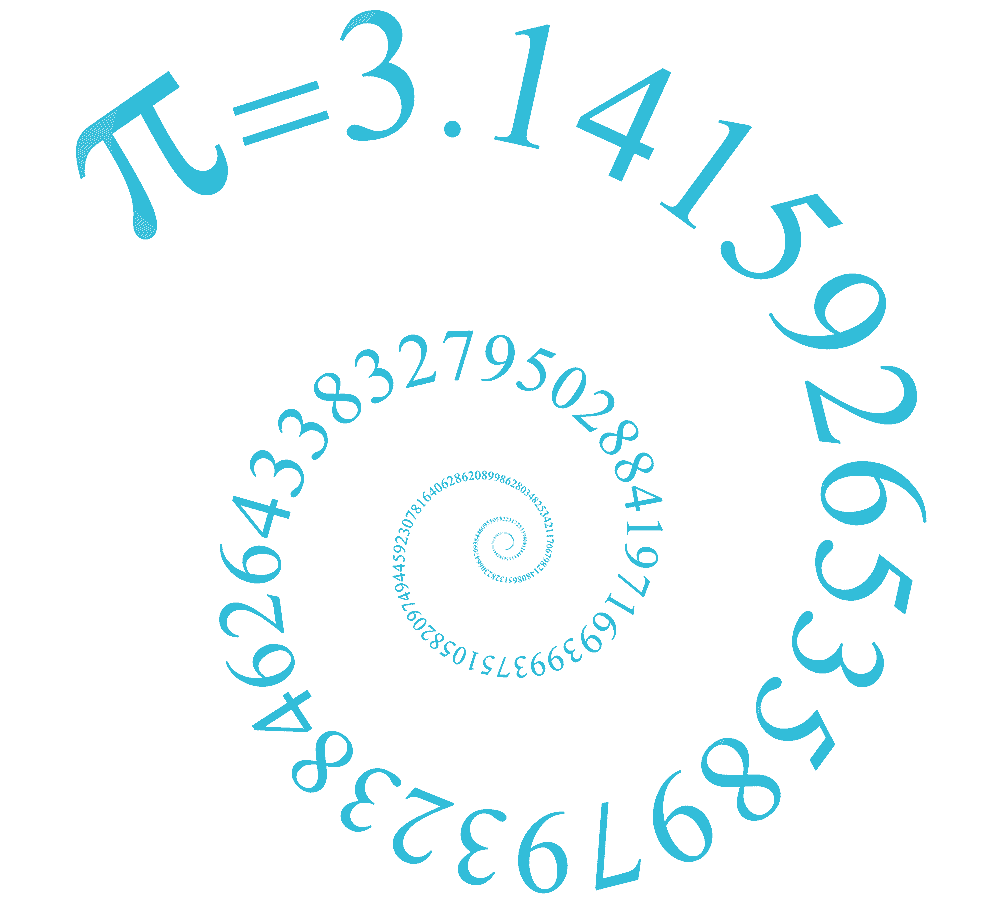My friend Pete can throw a diabolo ridiculously high – check out this video of him in action! Pete thinks his throw is higher than the “official” world record of 23.92metres so asked me if maths could measure his throw. So, how about it, maths?
METHOD 1 (not recommended!): get a long tape measure and a really really tall ladder. Recreate the throw. Voila!
METHOD 2: use the “suvat” (constant acceleration) equations – standard A-level mechanics fare and just the tool we need! The diabolo was in the air for around 5 seconds. So 2.5 seconds up and 2.5 seconds down. Considering just the second half of the diabolo’s journey (from peak back down) and applying the suvat equation $s=ut+\frac{1}{2}at^2$:
displacement s=?
initial velocity u=0 (it is instantaneously at rest at the top)
acceleration due to gravity a=9.8 (on Planet Earth; it’s around 1.6 on the moon)
time t=2.5
$s=ut+\frac{1}{2}at^2$
$=0 + 0.5\times 9.8 \times 2.5^2$
$\approx 30.6$metres, a new World Record!
ASSUMPTIONS: a good mechanic would appreciate the limitations of this calculation:
I negelected air resistance (would this mean the actual height was higher or lower?)
I ignored Pete’s height (so should we subtract 1.8 metres?)
I didn’t measure the time very accurately.
Still, a great application of a diabolically cool equation!

